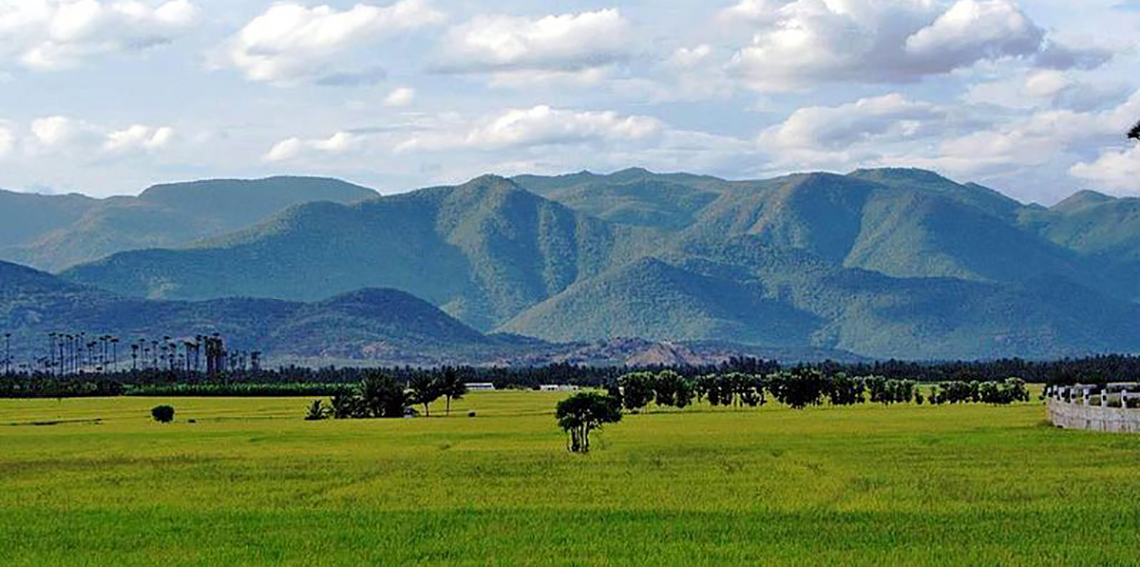Western Ghats: One of the World’s Most Bio-Diverse Regions
At least 40 per cent of the world’s economy and 80 per cent of the needs of the poor are derived from biological resources. In addition, the richer the diversity of life, the greater the opportunity for medical discoveries, economic development, and adaptive responses to such new challenges as climate change.
— The Convention about Life on Earth, Convention on Biodiversity web site.
Why Is Biodiversity Important? Biodiversity boosts ecosystem productivity where each species, no matter how small, all have an important role to play. Which is why the mountain range of The Western Ghats are so vital to our nation’s environmental structure.

Also known as the Sahyadris this region is one among the eight ‘hottest hot-spots’ of bio-diversity in the world. A UNESCO World Heritage Site, this mountain range has a bio-diversity statistics count that will blow your mind. It has over 5000 species of flowering plants, 139 species of mammals, 508 species of birds and 179 species of amphibians in all, not to mention many undiscovered life forms hidden in its slopes and foliage. The Western Ghats are also home to around 325 species that are globally threatened and endangered as well.
The vastness of this region is a thing to marvel in itself, covering a gigantic 60,000 kilometers of land space, extending from the borders of Gujarat down to Maharashtra and running all the way to Kanyakumari, the southernmost tip of mainland India, covering the states of Maharashtra, Goa, Karnataka, Tamil Nadu and Kerala. The hills form the catchment area for a complex riverine drainage system that drains up to 40% of the entire nation.
The Western Ghats have as many as 39 World Heritage Sites among its territory that include several popular tourist spots, wildlife sanctuaries, national parks and reserve forests. Apart from being home to an extensive category of flora and fauna, this mountain range plays a major role in diverting the wind currents, thus creating the rainfall pattern over the Deccan Plateau. Its dense forests and close chain of hills and mountains pave way for some of the most picturesque tourist destinations in India.
If the prosperity of a region was ever calculated by the bio-diversity of its lands, the Western Ghats are sure to be crowned the king of India. It’s our responsibility to safeguard this treasure that nature has bestowed on us for the future generations to enjoy and marvel at.


